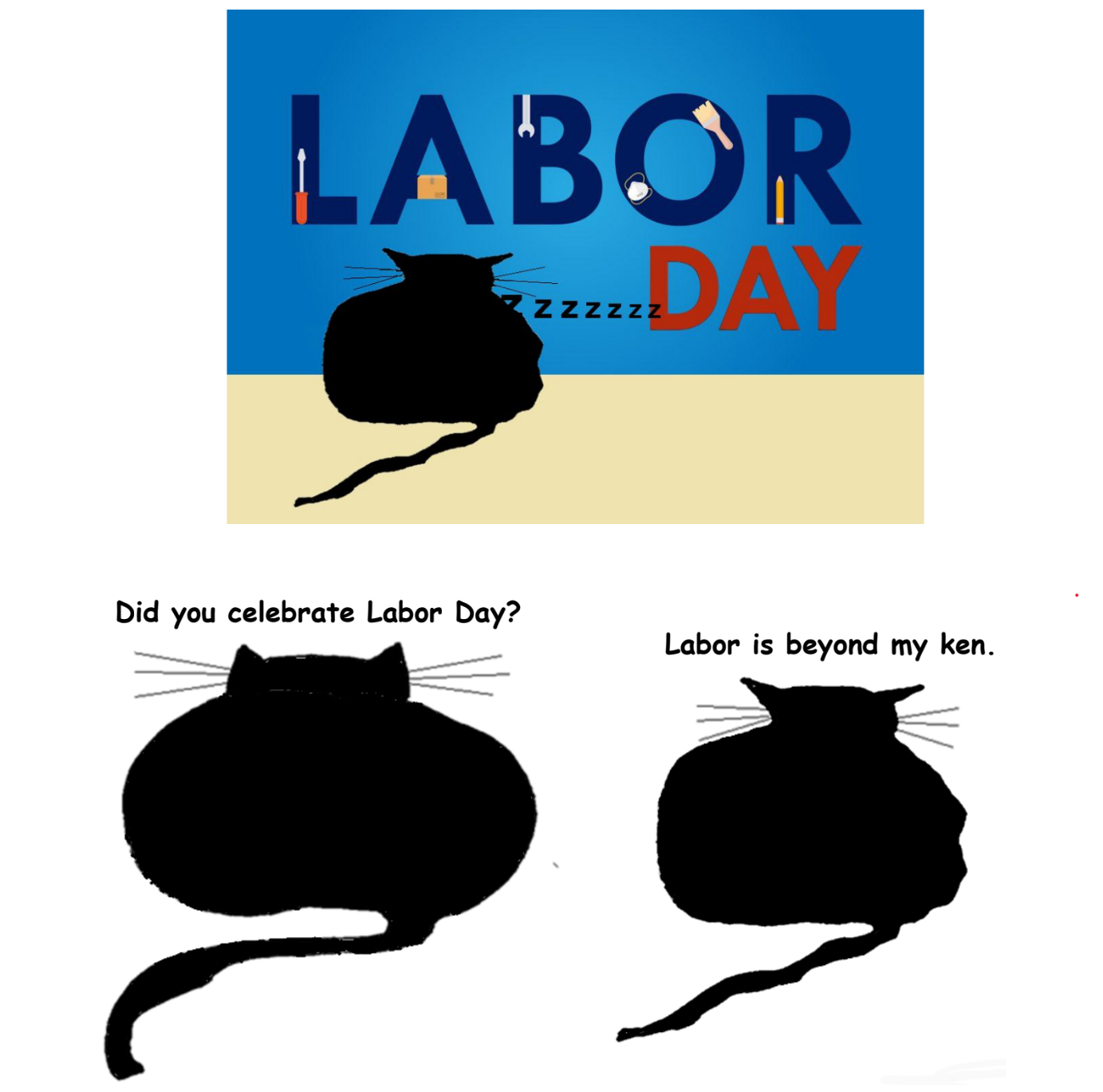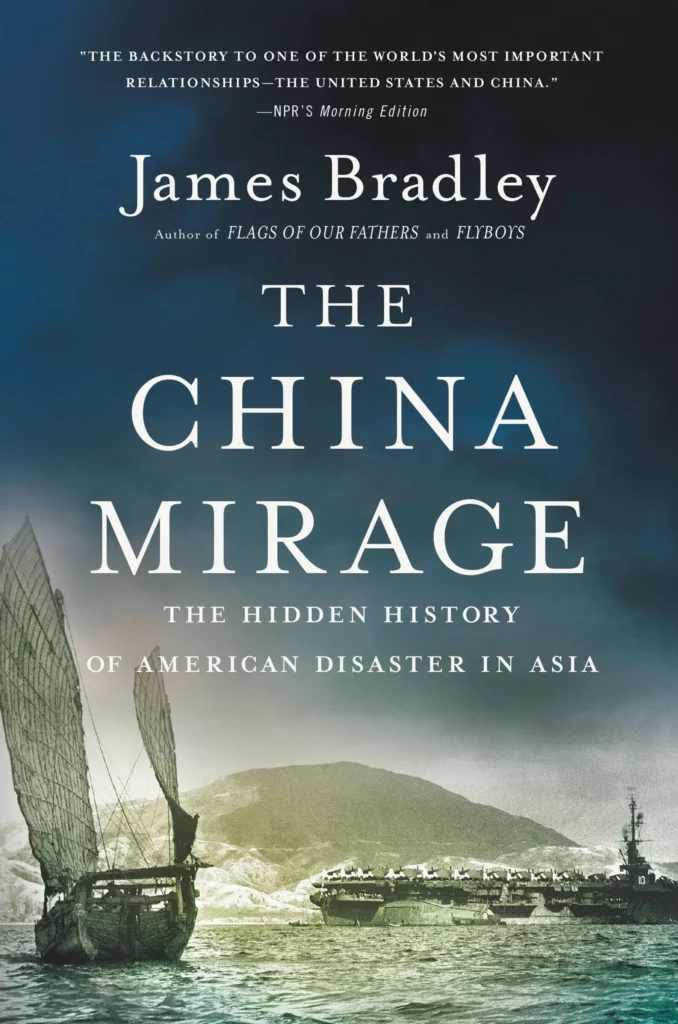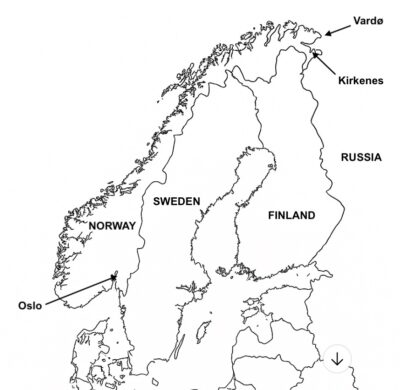by Priya Malhotra
Someone asked me recently how I was doing, and I said “Fine,” without thinking. Then I heard myself—how practiced, how precise. “Fine” is code. It’s short for: I’m tired, but I can’t afford to be. I’m grateful, but I’m lonely. I’m not drowning, but I’m not exactly swimming either.
The truth is, “fine” might be one of the most disingenuous words in the English language. Not because it’s a lie, necessarily, but because of everything it carefully conceals. It’s the duct tape of conversation—quick, convenient, silent about its own compromise. When we say we’re fine, what we often mean is: this isn’t the time or the place. Or: I don’t know how to say more without unraveling. Or even: I’ve said “fine” for so long that I’m not sure what’s underneath it anymore.
What’s astonishing is how socially sanctioned this word has become—how ubiquitous, how unquestioned. It has infiltrated emails, doctor’s offices, family dinners, therapy sessions, even the most intimate conversations. A partner asks how you are: “Fine.” A friend texts from a continent away: “Fine.” Your mother calls, her voice already brimming with unsaid things: “Fine.” It is at once an answer, a defense, and a diversion. We wear it like a laminated name tag: nothing to see here.
But “fine” is not a neutral word. It is a performance. And like all performances, it costs something.
Part of the power of “fine” lies in its plausible deniability. Unlike “great,” it doesn’t overpromise. Unlike “terrible,” it doesn’t beg follow-up. It hovers in the middle—a shrug in word form. Say it enough, and you can float through an entire life without anyone really looking at you too closely. Or worse, without anyone realizing that you needed them to. It is, in many ways, the perfect linguistic technology for a world uncomfortable with emotional mess.
I sometimes wonder when I first learned the word in this way. Not just its dictionary definition, but its psychological function. Perhaps it was in adolescence, when the body becomes unruly and language begins to carry risk. Or perhaps earlier, watching the adults around me deploy “fine” with such ease, such quiet choreography. The way my mother might say it after a long day, her eyes betraying the ache in her bones. The way my father might use it to end an argument without conceding ground. The way teachers, neighbors, bank tellers, and strangers on the bus all seemed to carry it like a passport—something that allowed them to move through the world without inspection.
It wasn’t just about avoiding truth. It was about avoiding exposure.
There is something uniquely contemporary about this relationship to “fine.” Read more »


 A good weather colloquialism can be quite suggestive. Take
A good weather colloquialism can be quite suggestive. Take 





 It’s different in the Arctic. Norwegians who live here make their lives amid long cold winters, seasons of all daylight and then all-day darkness, and with a neighbor to the east now an implacable foe.
It’s different in the Arctic. Norwegians who live here make their lives amid long cold winters, seasons of all daylight and then all-day darkness, and with a neighbor to the east now an implacable foe.





